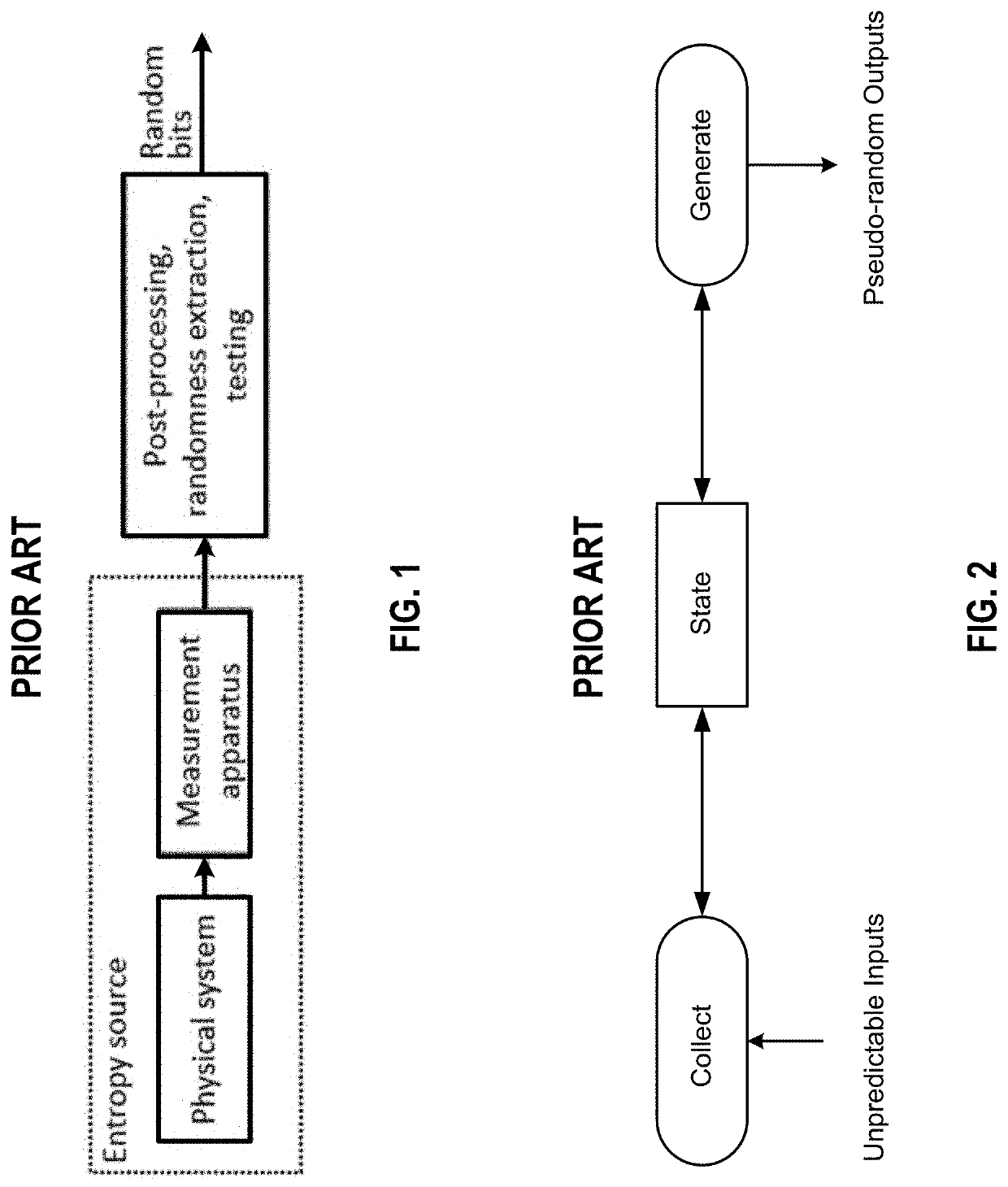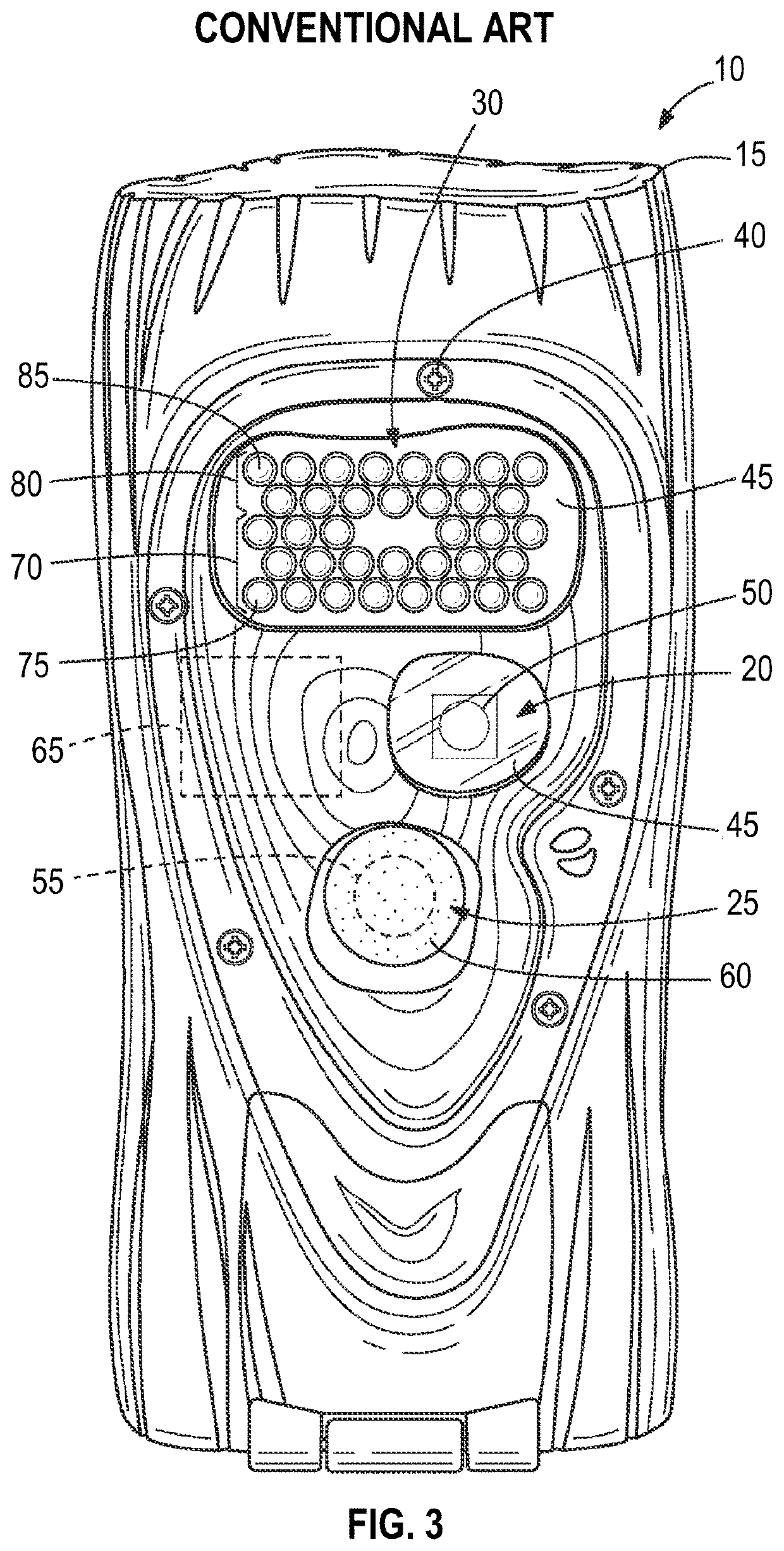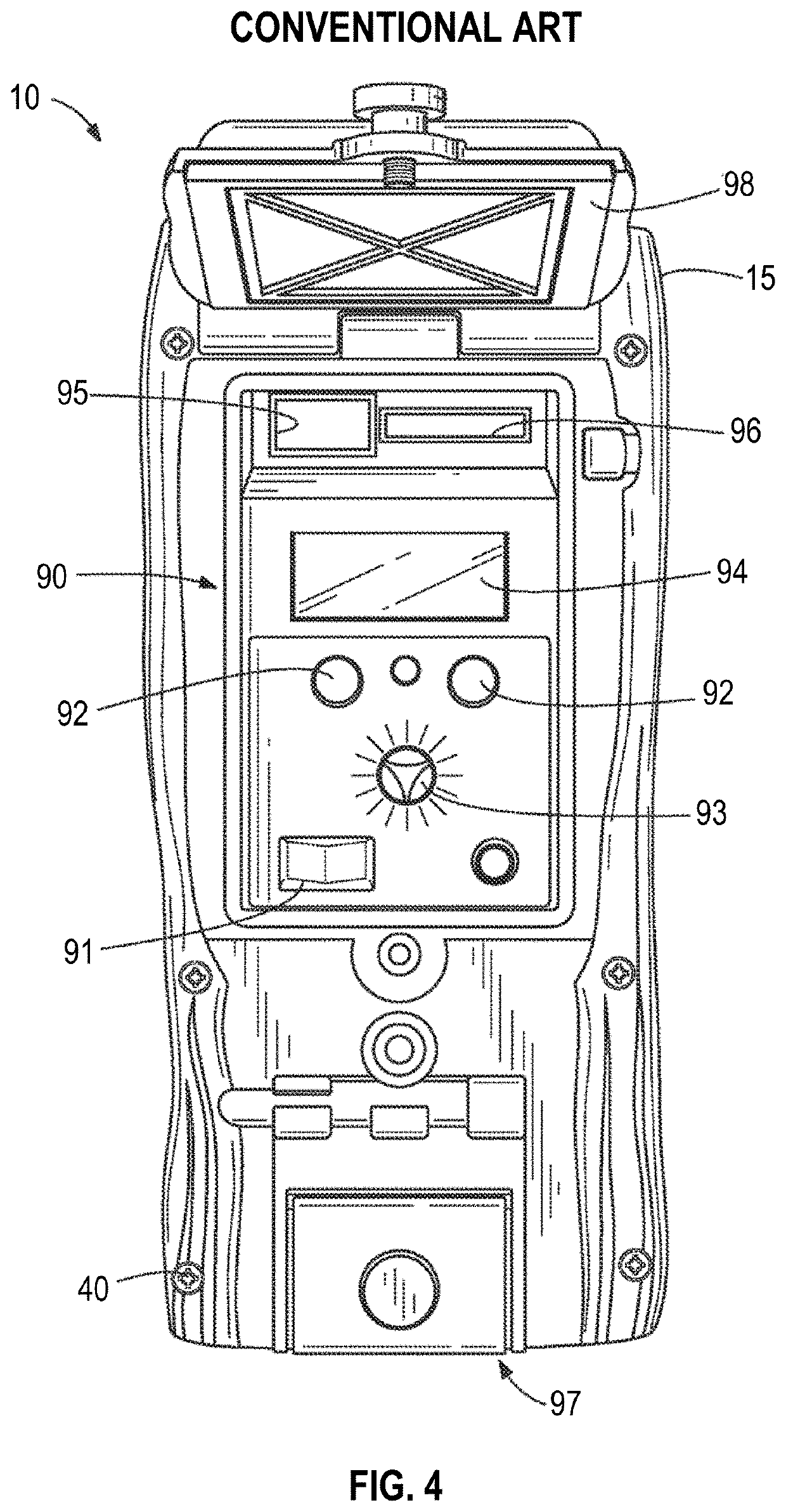Method and system of drawing random numbers via sensors for gaming applications
a random number and sensor technology, applied in the field of methods and systems of drawing random numbers, can solve the problems of inability to generate truly random numbers, inability to generate random numbers, and inability to fully randomize bits,
- Summary
- Abstract
- Description
- Claims
- Application Information
AI Technical Summary
Benefits of technology
Problems solved by technology
Method used
Image
Examples
Embodiment Construction
[0044]Accordingly, as to be described in more detail hereafter, the method and system hereafter described in accordance with the example embodiments may offer an alternative to algorithmic RNGs and PRNGs. Namely, the example method and system incorporates the drawing of random numbers based on outputs of sensors for various gaming applications, which are configured so as to create a link between real experiences that are captured as images, video, or audio, and the virtual aspect of the game.
[0045]The example method and system hereafter described may provide the opportunity to link elements of the real world to a system of gaming. The system and method may permit a connection of similarly identified elements to an existing state of being drawn from actual events and siting, or targets of the real world.
[0046]As to be hereafter described, the example method and system uses the leverage in the economics of gaming to achieve outcomes for habitats, select areas, and targets potentially ...
PUM
 Login to View More
Login to View More Abstract
Description
Claims
Application Information
 Login to View More
Login to View More - R&D
- Intellectual Property
- Life Sciences
- Materials
- Tech Scout
- Unparalleled Data Quality
- Higher Quality Content
- 60% Fewer Hallucinations
Browse by: Latest US Patents, China's latest patents, Technical Efficacy Thesaurus, Application Domain, Technology Topic, Popular Technical Reports.
© 2025 PatSnap. All rights reserved.Legal|Privacy policy|Modern Slavery Act Transparency Statement|Sitemap|About US| Contact US: help@patsnap.com



